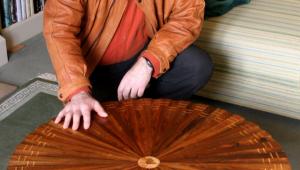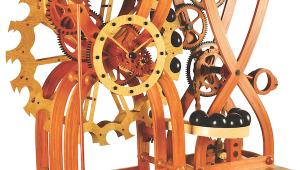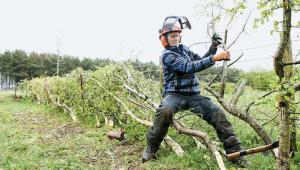Skilled woodworkers in demand for heritage craft project: rebuilding the de Havilland DH.98 Mosquito
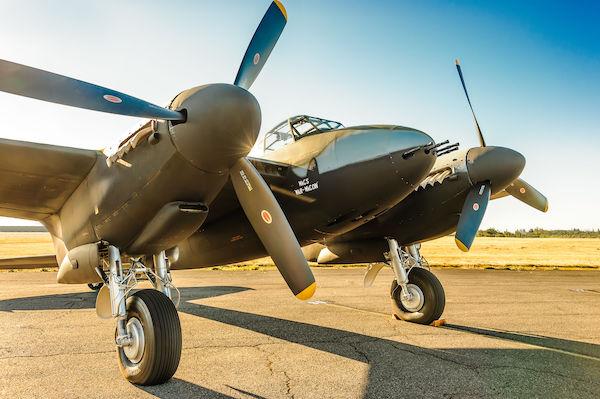

The Mosquito was an exemplar of British 1940s aeronautical engineering. A truly groundbreaking aircraft in so many ways, it was constructed by a network of often small- and medium-sized enterprises up and down the UK, all coming together to build what was then the world’s fastest production aircraft.
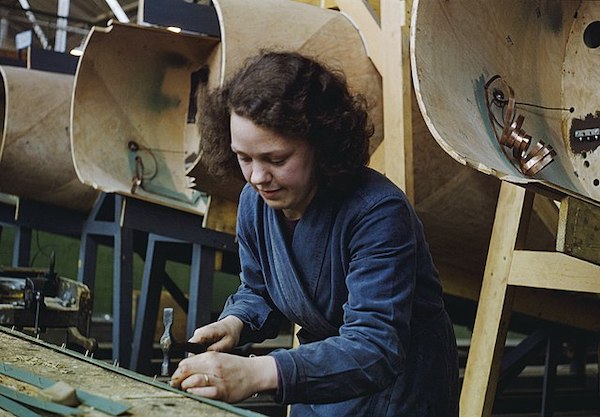
Travel back over 80 years to the end of the Battle of Britain – during the summer of 1940 – and Britain’s woodworking industry was just about to gear up to play a vital role in the war effort. The RAF had defeated Hitler’s attempts to have air superiority over Britain, but with the enemy still in control of large parts of Europe, it was obvious the war machine required a significant boost in order to fight back.
The ‘Wooden Wonder’
With metals already in short supply due to increased munition and aircraft production, one manufacturing sector stepped in to breach the gap – the woodworking industry – particularly when innovative aircraft designer, Geoffrey de Havilland, pursued his ambitious design plans to construct an aircraft extensively from timber and composite plywood.
Such was the prototype’s success that despite heavy initial cynicism in the Air Ministry, the first flight trials proved he’d created an aircraft that could fly faster than any other of the period and with sufficient power to carry a heavy load, turning what was envisaged as an unarmed bomber into what can only be described as the world’s first true multirole aircraft – The de Havilland Mosquito – which became popularly known as the ‘Wooden Wonder.’

‘Shadow’ factory system
The Government’s ‘shadow’ factory system was now in full swing. Sir Kingsley Wood, Secretary of State for Air, had been pushing manufacturers to accept Government funding for the establishment of new factories, dedicated to various defence projects since 1938.
Apart from building the airframes, another success story had been Ford, who at their Trafford Park plant in Manchester, were producing thousands of the excellent Rolls-Royce Merlin engines. The additional capacity this created could now provide sufficient engines to meet this increased airframe production.

During 1942, and following instruction from the Ministry of Aircraft Production, de Havilland were encouraged to disperse Mosquito assembly to other areas of the country, away from the more vulnerable South of England, which was regarded as a hub for the majority of the UK’s aircraft construction.
The car industry was familiar with those production line methods required to mass-produce, and the Standard Motor Company, based in Coventry, soon bolstered de Havilland’s own output. The timber construction allowed components to be subcontracted and this is where cabinetmakers, piano makers, coachbuilders and furniture makers were given the opportunity to make small- and large-scale aircraft parts before shipping for final assembly on the main production lines.
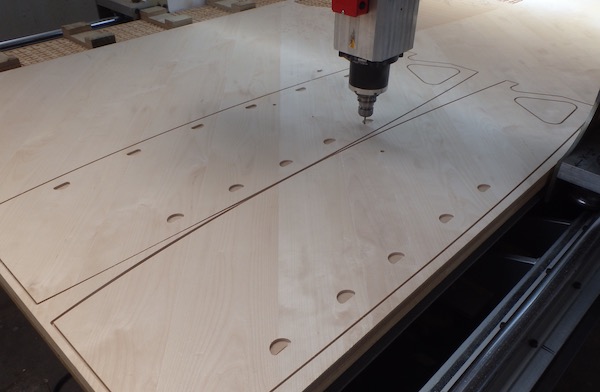
Well-known names such as Parker Knoll, E. Gomme, Waring and Gillow, Vanden Plas, Mulliner and Hoopers, all contributed vital Mosquito parts, joining an ever-growing list of contractors all across the country supplying main production lines of de Havilland in Hatfield and Leavesden, together with Standard Motors in Coventry and Airspeed in Christchurch – a de Havilland subsidiary.

To bolster the war effort, production lines were also established in Canada and Australia, not only taking advantage of their natural timber supplies, but importantly, the availability of a large workforce, many of them women, that obviously weren’t on the front line and could therefore provide a valuable contribution.
7,781 Mosquito aircraft were built in total, with post-war exports and operators in over 20 countries, including the USA, Venezuela, South Africa, and even the Soviet Union and China. A dozen or so of these wonderful aircraft still survive today, housed in museums, although only a few are capable of flight, all of which are located in North America.

CALLING ALL SKILLED WOODWORKERS...
‘The People’s Mosquito’ is a UK-based charity, which plans to change that, by working with appointed contractors Aero Vintage Limited, through their ‘Retrotec’ division, in building the UK’s first ‘new’ Mosquito for over 70 years. In doing so, recreating parts from over 25,000 original de Havilland drawings they hold to ensure the aircraft meets strict CAA airworthiness standards. The project is being funded by public and corporate donations and anyone wishing to help can find out more via the project website: www.peoplesmosquito.org.uk.
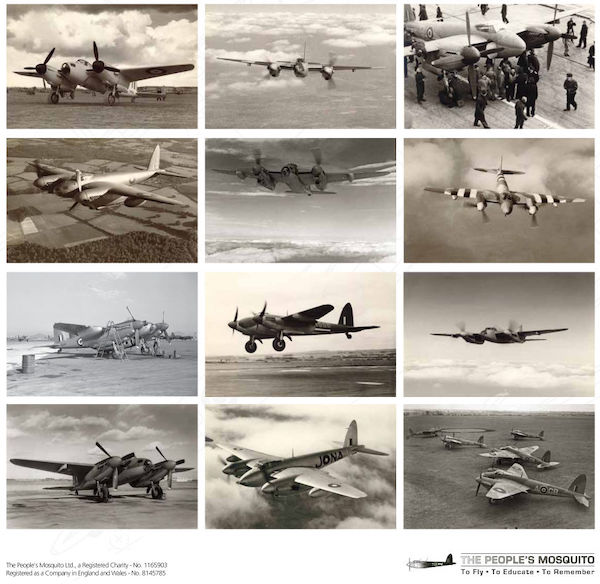
The Retrotec workshops are situated a few miles north of Hastings, East Sussex, where the company employs a small team of dedicated and highly skilled staff. Do you have the woodworking skills required to join the team? Training would also be considered for a suitable apprentice willing to take on the challenge. Those interested are asked to send a CV or covering letter to [email protected]

- Log in or register to post comments

